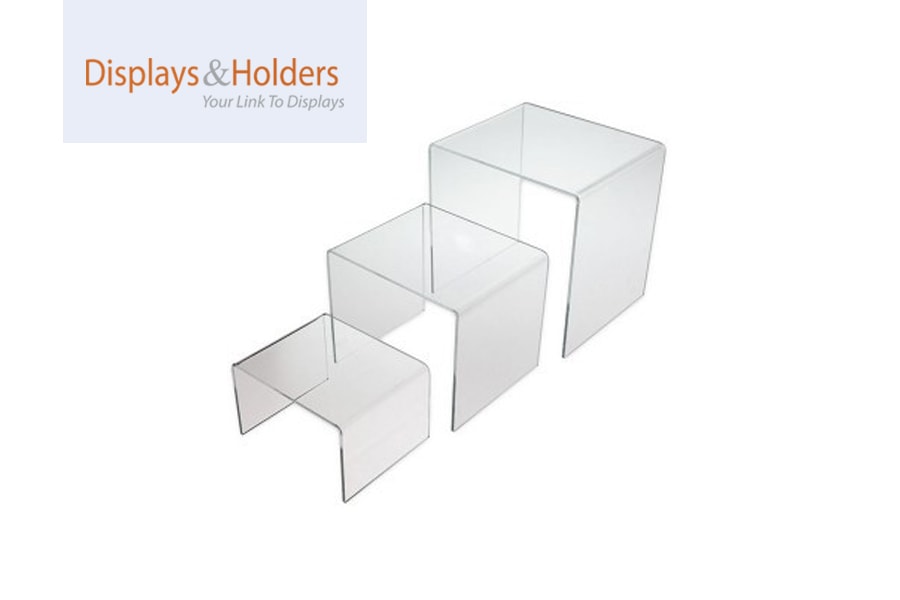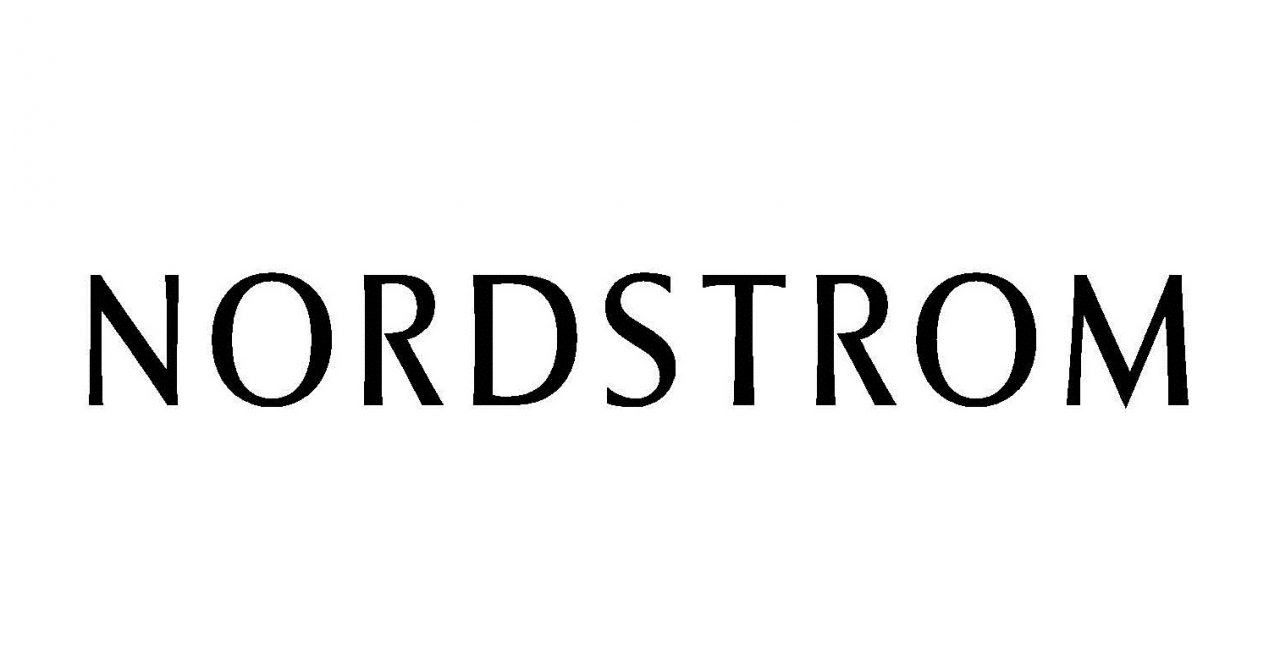Key Takeaways
- Regularly Refresh Displays
Update store displays at least once a month to maintain interest. Changing product placements keeps customers engaged. Fresh displays encourage repeat visits and impulse purchases. - Group Products in Odd Numbers
Arranging items in groups of three or five creates a visually appealing balance. Odd-numbered groupings naturally attract the eye. This strategy enhances product visibility and engagement. - Ensure High Visibility
Place key product displays in high-traffic areas like entrances or checkout zones. Strategic positioning maximizes exposure and influences purchasing behavior. High-visibility displays drive more sales. - Coordinate Colors Effectively
Use complementary or contrasting colors to make displays stand out. A well-planned color scheme enhances brand identity and appeal. Bright and well-coordinated displays attract customer attention. - Clearly Tag All Products
Ensure price tags and promotional signs are easily visible. Customers prefer transparent pricing to avoid asking for assistance. Clear tagging speeds up buying decisions and improves customer experience.
Visual merchandising is an essential aspect of any business. With a proper visual merchandising strategy, you will be able to maximize your sales and develop a unique business brand and identity, thus differentiating you from your rivals. Visual merchandising can be described as the process of displaying decor and merchandise in a way that evokes a positive response from customers and entices them to make a purchase. The key to sales is to create a customer experience they can't get anywhere else. Effective visual merchandising is one of the best ways to promote positivity among customers and increase sales.
Factors to consider
When designing and implementing a visual merchandising strategy, you'll have to consider a few things. You should take a good look at your customer base and what has worked and failed when it comes to your strategy in the past. Poor merchandising can result in decreased customer satisfaction and sales. You rely on your customers to keep your business successful, so it's essential to create a compelling visual merchandising strategy that caters directly to them.
Here are 4 factors to consider when developing and executing your visual merchandising strategy.
1.The Rule of Three
When creating displays, three is the magic number. Psychologists have been able to prove that having three items of various shapes and sizes creates asymmetry that draws attention. Using this theory, you can create an asymmetrical display throughout the entire design process. When you arrange your decor and products, remember to try the rule of three to attract the eye and create a memorable experience with different textures, colors, shapes, and sizes. When arranging by height, sort them by short, medium, and tall on the acrylic risers. When targeting price-conscious clients, it is advisable to arrange the products from good, better, and best value. This will allow them to spot the items quickly, making a quick purchase. Customers will be drawn to the "good" value, and "best" value items as the bottom products tend to be cheaper, and the top product usually is more expensive, but higher quality. Giving your customers three different quality and price options will create a better in-store experience.
2.The Pyramid Principle
This principle applies to the triangular method of displaying merchandise on acrylic stands. You'll see this in many retail stores because it's a proven and effective merchandising technique. Always place the most essential item at the center and the smallest on the outside to draw the eye to the middle product. This type of display is a systematic method of drawing the eye to certain products.
3. Visual Display
The most popular and best-selling products should be highlighted in your store with distinct price points. For value-oriented customers, advertise your products with the best deal or value to draw them to the products. Use various bright colors with prices slashed to show just how great the deals are, and try using different sized price tags to see how they attract customers.
4.Start Closest to the door
Another proven selling strategy is putting the newest products closest to the door. You can do this easily with an acrylic stand full of well-organized products. This spotlight strategy allows products to be seen immediately by customers as they walk into the store. Instead of placing products on a rack or stand among older, less expensive, less popular items where they can get overlooked, you’re able to put them directly in front of the customer.
FAQs
- How often should visual displays be updated? At least once a month or during new product launches. Frequent updates keep the store environment fresh and engaging. Changing displays encourages return visits.
- Why do odd-numbered product groupings work better?
Odd-numbered arrangements create a more natural and balanced look. They make displays visually dynamic and less rigid. Customers are more likely to notice and engage with such setups. - Where should key product displays be placed?
Near entrances, checkout counters, or high-traffic aisles. These areas receive the most foot traffic and attention. Proper placement increases product exposure and sales. - How does color coordination influence customer behavior?
Colors can trigger emotions and influence buying decisions. A cohesive color scheme creates an inviting and branded shopping experience. Contrasting colors make specific items stand out. - Why is it important to have visible price tags?
Clearly labeled pricing eliminates confusion and hesitation. Customers appreciate transparency and make faster purchase decisions. Proper tagging also reduces the need for staff assistance.














